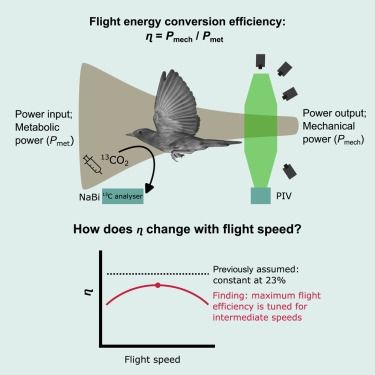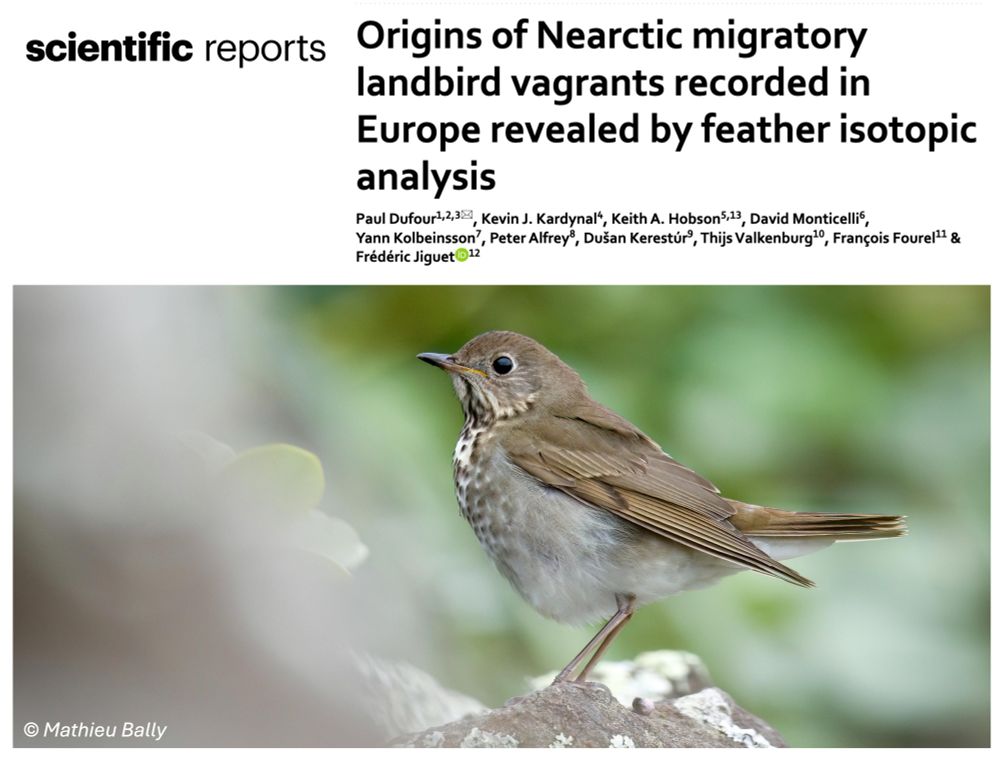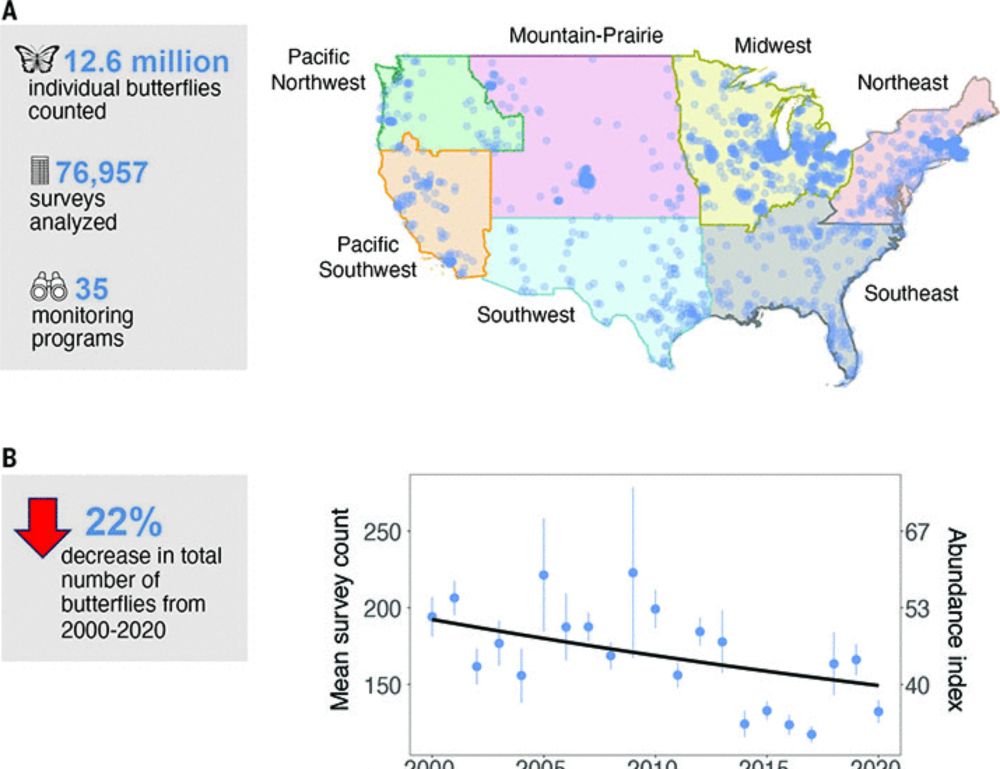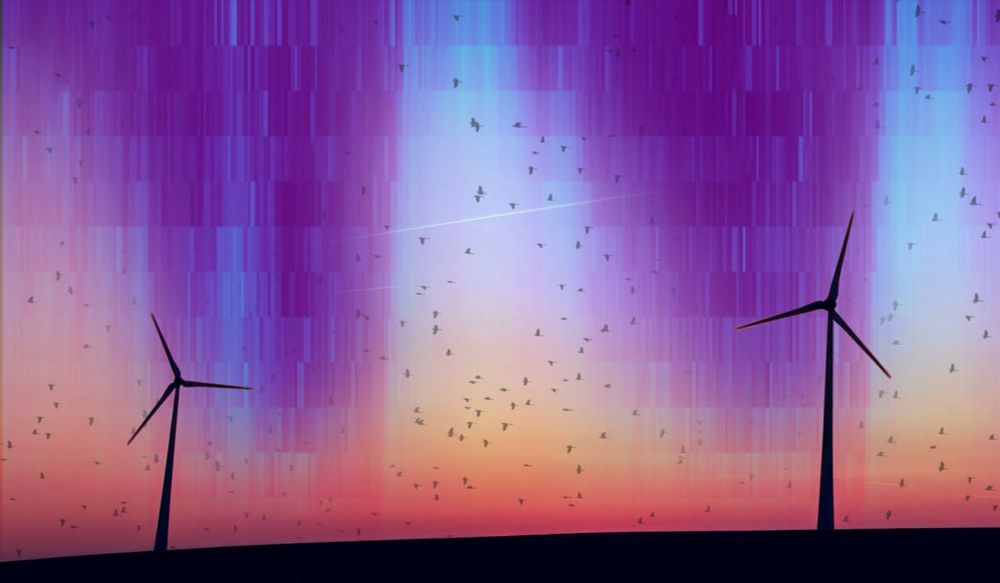
http://cnilsson.science

www.cell.com/trends/ecolo...
@gowelizabeth.bsky.social
@ryannorrissci.bsky.social
1/6

@gowelizabeth.bsky.social
@ryannorrissci.bsky.social
1/6
The work will focus on the question of how and when migratory songbirds learn where their home is using #Motus.
Part of the Cluster of Excellence NaviSense and linked with @sfb1372.bsky.social
uol.de/job788en
#ornithology

The work will focus on the question of how and when migratory songbirds learn where their home is using #Motus.
Part of the Cluster of Excellence NaviSense and linked with @sfb1372.bsky.social
uol.de/job788en
#ornithology
AI for Earth & Sustainability Science
📅8 Oct 2025
⏰4:00–5:00 CEST
📚 Topic: Forecasting and understanding bird migration with process-guided deep learning
🧑🏫Speaker: Fiona Lippert
🔗 aiforgood.itu.int/event/foreca...

www.biology.lu.se/article/hidd...




www.biology.lu.se/article/hidd...
www.exeter.ac.uk/study/fundin...


Read the full story on our website!
www.biology.lu.se/article/staf...

Read the full story on our website!
www.biology.lu.se/article/staf...

www.cell.com/trends/ecolo...

www.cell.com/trends/ecolo...
@pablomaciastorres.bsky.social & Prof. Anders Hedenström, Animal Flight Lab.
www.biology.lu.se/article/not-...
@pablomaciastorres.bsky.social & Prof. Anders Hedenström, Animal Flight Lab.
www.biology.lu.se/article/not-...

I'm very excited to share what will become the first chapter of my thesis.
Energy conversion efficiency peaks at intermediate flight speed in a migratory songbird www.cell.com/current-biol...

I'm very excited to share what will become the first chapter of my thesis.
Energy conversion efficiency peaks at intermediate flight speed in a migratory songbird www.cell.com/current-biol...
shorturl.at/wijEq
Would appreciate a re-post!

shorturl.at/wijEq
Would appreciate a re-post!
werkenbij.uva.nl/en/vacancies...

werkenbij.uva.nl/en/vacancies...
See: www.biology.lu.se/phd-studies/...
See: www.biology.lu.se/phd-studies/...
www.nature.com/articles/s41...

www.nature.com/articles/s41...
Judy's research focuses on understanding movement ecology in birds 🧵
#ornithology #migrationresearch #movementecology 🪶🧪

Judy's research focuses on understanding movement ecology in birds 🧵
#ornithology #migrationresearch #movementecology 🪶🧪
Rapid butterfly declines across the United States during the 21st century | Science www.science.org/doi/10.1126/...

Rapid butterfly declines across the United States during the 21st century | Science www.science.org/doi/10.1126/...
Data is available on Alofdata.eu , see our blogpost:
go.nature.com/3F0wQ0L

Data is available on Alofdata.eu , see our blogpost:
go.nature.com/3F0wQ0L
...for the BOU Gibbs Award 2025
Funding #ornithology research on tracking and migration studies including the use of new technologies
bou.org.uk/funding/b...
Application deadline: 15 May 2025 🪶

...for the BOU Gibbs Award 2025
Funding #ornithology research on tracking and migration studies including the use of new technologies
bou.org.uk/funding/b...
Application deadline: 15 May 2025 🪶

We are hiring two Ass Prof tt at the Institute of #ecology and #evolution at @unibern.bsky.social in conservation biology; mathematical & computational ecology
We are committed to diverse, inclusive and equitable leadership in research and education
tinyurl.com/IEEjobs


➡️ https://vist.ly/3mtjme6
#ornithology #migration #ecoimmunology #birds
.



➡️ https://vist.ly/3mtjme6
#ornithology #migration #ecoimmunology #birds
.

